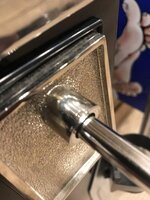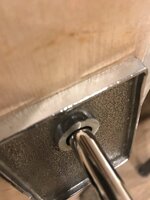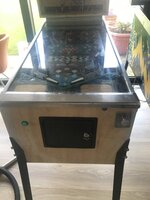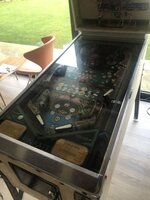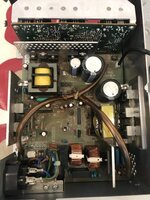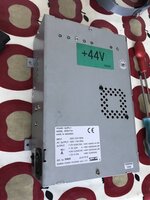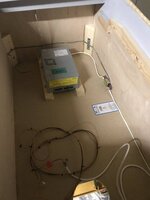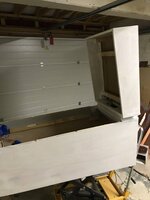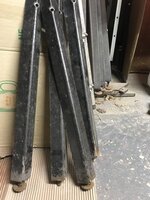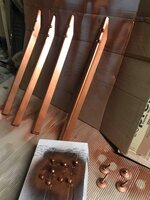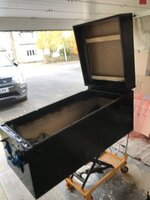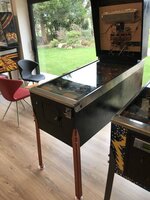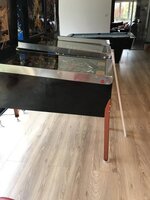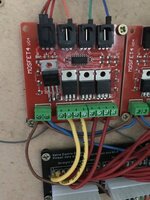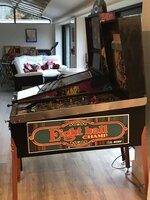I must be fricking mad.
I bought this fully populated playfield a couple of years ago. It was going to be a wall art led project, but it’s fully populated, so it’s almost a pinball machine, right? It needs to be saved and turned back into a fully working game again, right?
View attachment 142802
View attachment 142803
View attachment 142804
View attachment 142805
View attachment 142806
It’s absolutely filthy (it arrived to me like that).
It came from
@BrianSoton if I remember correctly.
So first job is it needs a cab. I’ve found one courtesy of
@MartinY - which is getting picked up by Martin (retro logistics) on Monday, so should arrive to me later in week I hope.
So I got a pf and a cab. I’ve got legs and a shooter rod. What else? Well, this is where it’s going to get interesting……
The real jist of this project is for me to tread in the footsteps of all those amazing people who have designed and built pinball machines. I want to have a go at building the rest of the machine from scratch, using my own ideas and designs, using std off the shelf electronics, parts, boards, etc. I want to pick a mpu processor and do all the programming myself.
Like I started off saying. I must be mad……

So i’m going to need:
power supplies
cpu/mpu
light controller
Switch input reader
solenoid drivers
score display
software
+loads of other stuff i haven’t even thought of
Why?
1. Just for the hell of it. So I can (almost say), hey i designed and built a pinball machine.
2. So I experience first hand (some of) the challenges and issues that pinball nanufacturers have.
3. To bring back to life a playfield into a fully working machine, hits my recycle/reuse ethos very nicely.
Ok so yes I know I have cut a huge corner by using an existing pf, but it’s beyond me at present to aim to create a whole new machine from scratch. Maybe later, if this one works out.
I’m also intrigued about time and cost.
The pf is clearly below real cost. I think I paid £125 for it (I bought it in a job lot with other stuff).
The cab plus delivery £150.
I’ll keep a record of time spent and parts and materials costs.
At this time my only though is use an ESP32s cpu because that is my area of knowledge.

